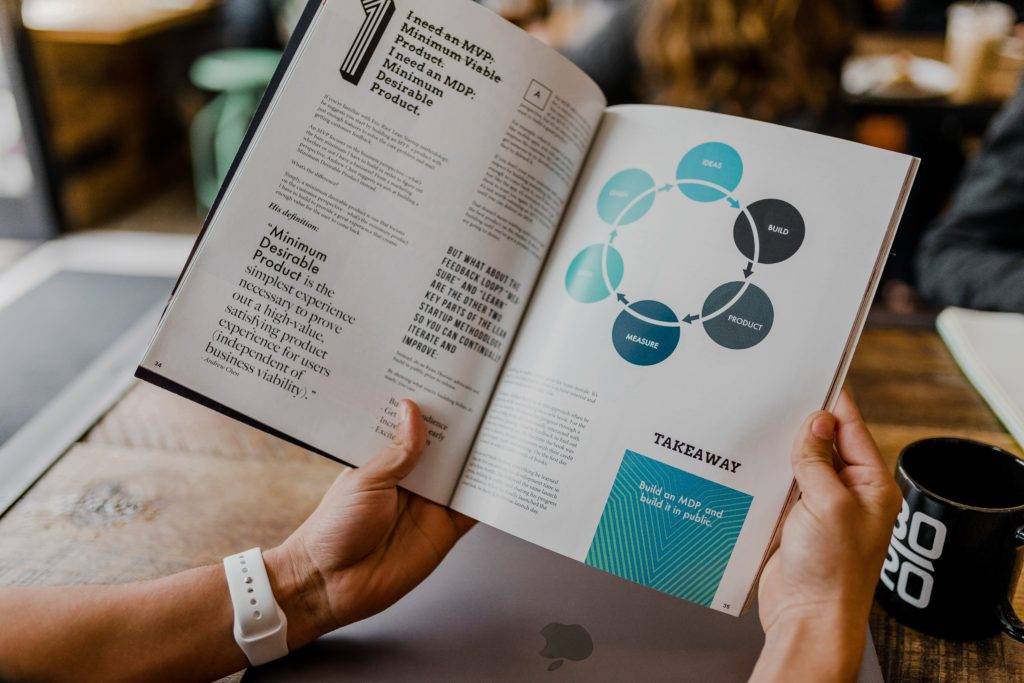Sales can be chaotic. As a sales professional, you want to make sure to be available when your prospects are engaging. You need to respond to inbound inquiries as quickly as you can and before your competition does.
Having a planned sales cadence can help tame some of the chaos and free up more of your time to spend engaging with prospects in real-time. Learn how to create a cadence that works for your needs and helps you close more deals.
Key Takeaways
- Having a sales cadence can help you use your time more efficiently
- You can use analytics to understand how your touchpoints are working and optimize based on your learnings
- Implementing a sales cadence can be as simple as scheduling follow-ups and check-ins or more complex, including resource sharing, meetings, and formal presentations
What is a sales cadence?
A sales cadence is a scheduled sequence of communications with a prospect. The cadence may include emails, phone calls, and social media. It is scheduled over a fixed period of time and is repeated across prospects.
While the cadence may not change, the content of the communication may be tailored and personalized for the prospect.
A sales cadence should align with and support your overall sales process.
The key benefits of implementing a sales cadence
Having a proven sales cadence is a great way to shorten your sales cycle and spend more time with your prospects. In addition to this really important reason for implementing a sales cadence here are a few other benefits you can achieve by having a good sales cadence.
More control of your schedule
If you plan out your sales cadence, you can free up time by proactively creating and scheduling your communications. In fact, when using automation software, you can pre-schedule many of these communications, leaving you more time to meet with prospects and engage at a deeper level.
Wouldn't you rather spend your day meeting with prospects and answering follow-up questions than writing the same messages over and over and checking off tasks in your CRM?
Time to work with more prospects in the same timeframe
As you use your sales cadence tools and automation software to pre-schedule and share information, you should see that you have time to work with more prospects in a given timeframe.
If you could handle 2-3 active prospects at a time before implementing a sales cadence, having the right cadence in place may mean you can handle 4-6. These numbers will vary based on the size and scope of your deals as well as your sales cycle, so your numbers may be dramatically different than other sales pros. The most important thing is that your cadence should allow you to take on more, not less, in a designated time frame.
Ability to gather data and understand your sales performance
Having a repeatable cadence that you use over and over allows you to add an analytics component to your work and track your overall performance.
If you are sending ad hoc email follow-ups that aren't on a regular schedule, it can be hard to understand what is working and what is not. But, if you have a planned cadence and you always follow up after an initial meeting on day three, you can gather data about how prospects are responding. You can also experiment with moving the follow-up to day one or day two, or back to day four.
Sales cadence examples
Understanding what a sales cadence is can be helpful, but let's look at some examples so you can see them in action.
Max Altschuler's winning sales cadence
When looking at sales cadences, this post wouldn't be complete without sharing one of the most shared cadences online. This one comes from Max Altschuler the CEO of Sales Hub:
Day 1: Email/InMail
Day 3: Email in the morning, Call in the afternoon
Day 5: Call in the morning, Call with a voicemail in the afternoon
Day 7: Email in the morning, Call in the afternoon with a voicemail
Day 10: Email and call in the morning
Sales Cadence for a longer sales cycle
If you have a product or service with a longer sales cycle, here's a cadence you can use to stay engaged with your prospective buyer for the duration:
Day 1: Cold email outreach
Day 2: Follow up email with more information
Day 5: Phone call & voice mail 1, Email follow up 1
Day 12: Call 2, Voice mail 2, Email 2
Day 20: Email 3
Day 25: Call 3 (voicemail if needed)
Day 35: Meeting with buying team
Day 40: Call 4, email follow up
Day 45: Call 5, email follow up
Day 55: Email resources
Day 65: Call 6 (voicemail if needed)
Day 75: Sales proposal
Day 73: Proposal follow up (email then call 7)
Day 75: Proposal follow up (call 8 then email)
Day 80: Follow up for decision (Phone or email depending on prospect communication preference)
How to create a sales cadence
When it comes to creating your own sales cadence, its important to start with your buyer persona, product or service and sales cycle into consideration. It's a common sales mistake to start with a proven sales cadence that doesn't align with your sales cycle.
Another mistake sellers make is not leveraging automation and asking sellers to do all of the work and follow up manually. Sales cadence software, email automation and scheduling, and other sales tools can make creating and implementing a cadence for each ideal customer profile much easier.
Consider your ideal customer profile
When creating your cadence or cadences, start with your ideal customer profile. Who are the potential customers you need to engage and how can you start to do that? For example, if you're selling to solopreneurs or small business owners, you may want a personalized and very high-touch cadence.
If you are selling to enterprise teams, you may need a personalized and high-touch cadence that touches multiple roles. For example, you might need an intro letter and follow-ups that are role-specific for team members like the CFO, CIO, and even the head of procurement or legal.
Map your sales cycle
Next, map out your sales cycle. What do you need to convey at each point. When making initial contact, as the prospect gets further along in their buying journey, and to make a pitch then close the deal?
Your cadence should support your buyer or buying team at each and every step of the way.
Select the communications channels that make the most sense
Now that you've thought about what you need to say and who you need to say it to, let's look at how you can say it.
Your cadence should include a wide range of communication channels and sales activities. This might include emails, phone calls, personalized collateral, proposal and comparison documents, social media, and video conferences.
Your target audience for each communication should dictate the channel. Selling a social media tool? Lean heavier into social channels as your buyers likely hang out there.
Plan & test your initial cadence
You've got to start somewhere, so create that initial cadence and start using it. On larger sales teams, having multiple sellers use the same cadence can give you more data about how the initial cadence is performing and what you might need to do to improve it.
Refine your cadence based on response rate and results
Once you have the initial performance data, you can start to make improvements. You may even want to have team members A/B test your cadences. For example, if you want to have one team member keep the initial cadence and another try picking up the phone a day or two earlier in the cycle. Compare results and continue to optimize your cadences.
Even when you think you're fully optimized, keep an eye on performance metrics, audience preferences can change quickly in response to outside factors like the economy and evolution of technology.
Measuring the success of your sales cadences
How will you know if your cadence is effective and you're having the right engagement levels with prospects and clients? Here are a few surefire ways you will know you're on the right path.
Shorter sales cycles
Having an effective sales cadence should enable shorter sales cycle. This doesn't mean skipping steps, it means shorter sales cycle stages. Your cadence should drive efficiency helping you get the information you need from your prospects and proactively answering their questions and overcoming objections.
More deals closed won
An effective sales cadence or series of cadences should help you win more business. Before implementing or adjusting your cadence, look at your win-loss results. When implementing a good cadence, the number of wins should start to increase while the losses decrease.
If this is not the case for you, look at your cadence and where things start to go south and make adjustments until you're getting the results you want.
Less time per prospect
Having a repeatable sales cadence should bring a semblance of sales efficiency. This can be measured by less time spend engaging each prospect. This is because you can automate some of your sales emails and other communication while still keeping personalization and engagement high. Tracking time per prospect and seeing how much you can improve it is another way to tell you have successful sales cadences.
Final Thoughts
A good sales cadence can be transformative when it comes to sales effectiveness. When you need to focus your efforts, this can be a good way to engage potential customers in a consistent manner without losing personalization.
When it comes to documents that can support sales automation and repetitive sales cadence communications, Qwilr can be a huge asset. As a one-stop solution for personalized sales assets with a range of features including robust analytics and real time notifications sellers can see who is engaging with assets and when. Data that can help refine and improve cadences by allowing sellers to engage when a prospect is ready. Want to see it in action? Book a demo.
About the author

Marissa Taffer|Founder & President of M. Taffer Consulting
Marissa Taffer is the Founder & President of M. Taffer Consulting. She brings over 15 years of sales and marketing experience across various industries to a broad range of clients.


